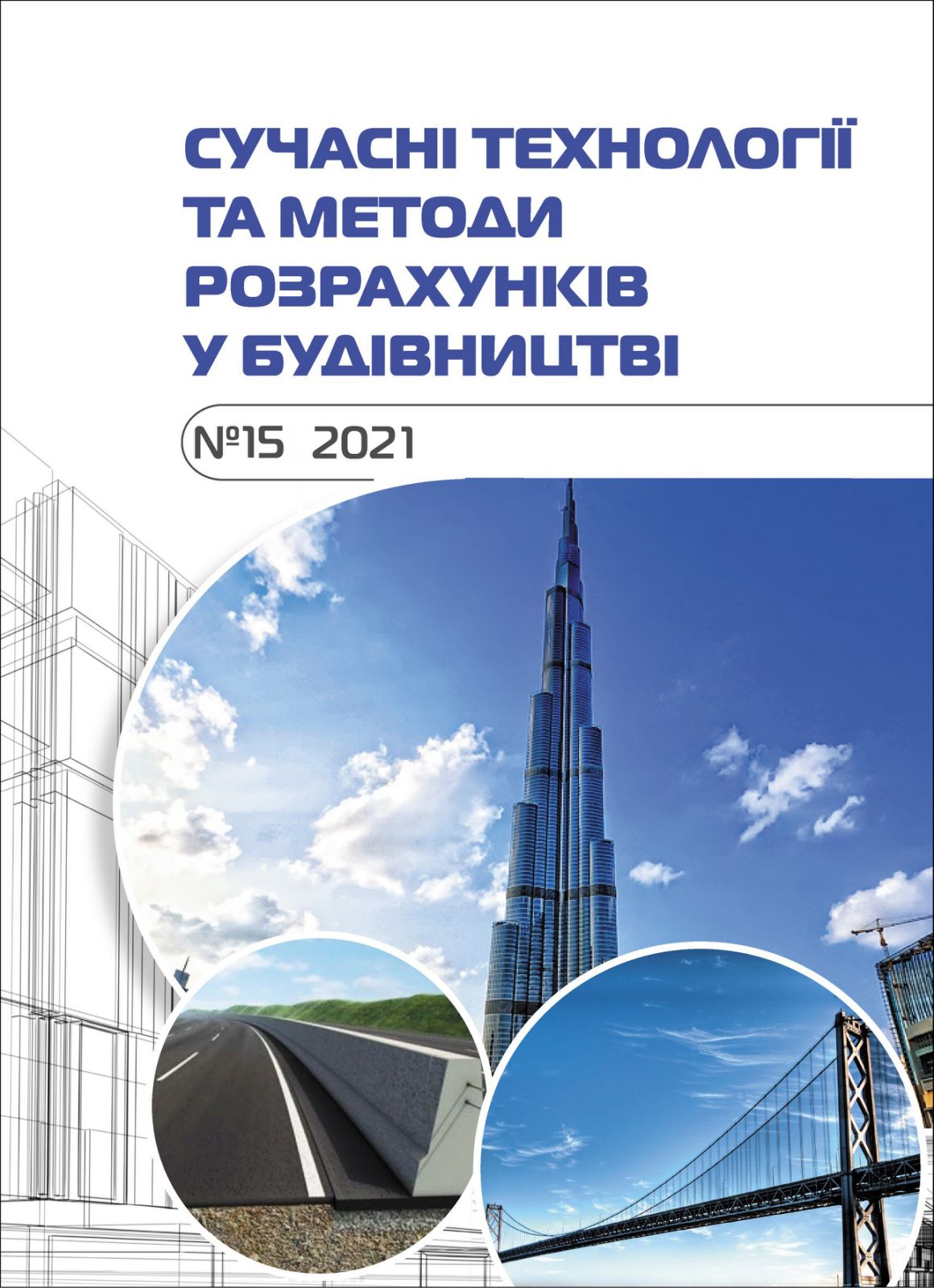Construction features of wind turbines’ foundations, withstanding horizontal and torsional loads
Abstract
In the article the variants of foundations for wind engines of different capacity and height, able to withstand considerable horizontal and torsional loads, are stated. Wind power plants for homes have been widely used on country plots and other sites that are remote from the main power grid. The height of the mast is 4-6m with a wind speed of 2.5 to 35m/s. The wind direction is determined by the side from which it blows. Meteorological data about wind direction is laid out in the form of a wind rose, which indicates its average speed in different directions.
Structurally, installations can be mono-wind (blades are located in the mast alignment) and multi-wind (blades or their complex are located perpendicular to the mast direction). Structurally, the mast can be one-piece tubular. At higher heights, lattice-space masts with strakes are used.
The underground part of the structure should provide stability. The loads which affect the foundations are as follows: permanent (its own weight, vertical load), temporary, temperature, and seismic.
Monolithic columnar slab foundations, piles made of pyramidal or batter piles, self-closing when driven, and drill-combined foundations can be used.
The construction of combined drilled-injection foundations is divided into several steps:
- drilling a hole ϕ250-350mm to a depth of 2.5 to 4.0m (image 1a);
- installation of a metal embedded pipe ϕ217mm with slots (4-8 pieces), in which the blades are embedded, attached to the pipe with special bolts (image 1b);
- lay the pipe in the drilled hole, and then with an anchor to crush the blades so that they through slots entered into the ground (image 1c);
- fill in the tube with anchor with concrete C15/20 with layer-by-layer compaction;
- ready-made combined drill-injection foundation can be used at installation of wind turbine with mast height 4.0-6.0m.
The main conclusions of the article are:
- wind turbines with a horizontal arrangement of the generator and the blades found wide application in suburban areas and other objects, which are remote from the main power grids.
- features of their work is the independence of the action of different wind direction from the wind rose, and the value of the load is transferred through the mast to the underground part of the structure.
- the joint operation of soil base with foundations on horizontal and torsional loads depends on the physical and mechanical characteristics of soils (density of dry soil, moisture, friction, etc.)
from the considered variants of foundations, the most effective are foundations of driven seal piles (pyramidal batter), as well as combined drilled-injection foundations that allow to increase the resistance of piles to external loads due to compaction of soil during pile driving.








